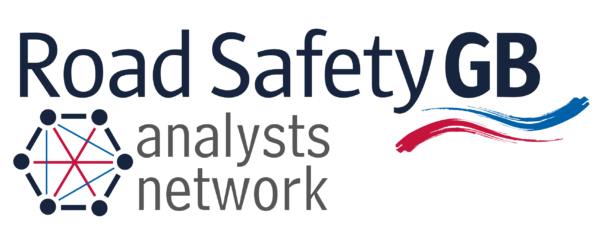The National Travel Survey (NTS) which can be found here is used by the Government to develop its transport policy and make sure transport plans meet England’s travel needs. The NTS collects statistics and data, based on a household survey to monitor trends in personal travel.
The survey collects information on how, why, when and where people travel as well as factors affecting travel (e.g. car availability and driving licence holding). The survey is primarily designed to track the long-term development of trends. Therefore care should be taken when drawing conclusions from a short-term perspective.
NatCen Social Research conducts the survey every year and more information can be found here. A sample of 13,000 household addresses in England are selected which are scientifically chosen to represent the wider population. The information gathered is then used to help create a national picture of how people travel.
The NTS data collection involves a face-to-face interview and a self-completed travel diary written over seven days, allowing patterns to be linked with individual characteristics. The NTS covers travel by people in all age groups, including children. It is a part of the continuous survey that began in 1988, following ad-hoc surveys from the 1960s which enables analysis of patterns and trends.
The latest reports and data tables can be found here
The National Travel Survey, 2020 notes and definitions can be found here
